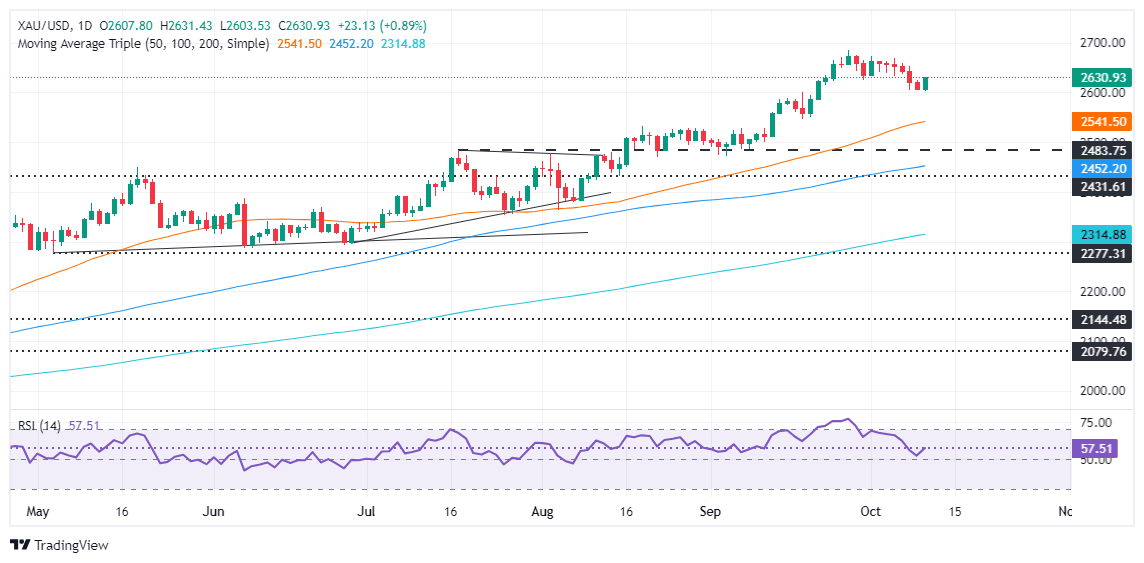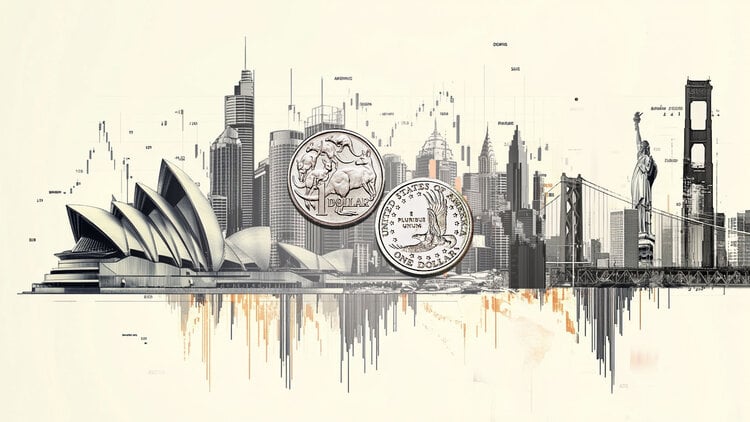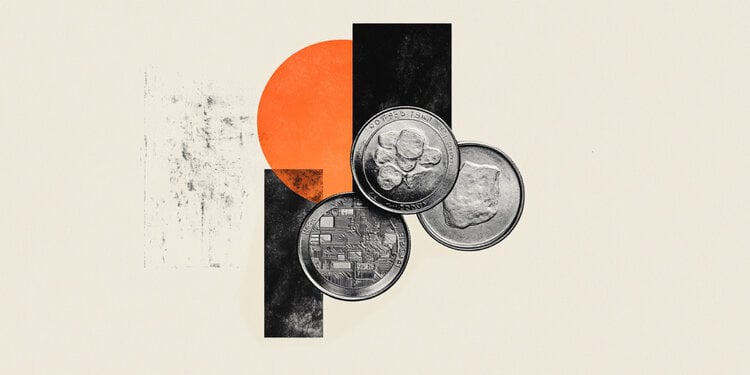- Gold rebounds from a daily low of $2,603 after US inflation data showed a slight increase, tempered by weaker employment figures.
- The swaps market now expects the Fed to cut rates by 25 bps at the November meeting, boosting Bullion prices.
- Fed officials including Austan Goolsbee and John Williams have hinted at gradual rate cuts, while Raphael Bostic remains open to pausing cuts in November.
Gold prices regained some ground on Thursday during the North American session, rising 0.67% after a higher-than-expected US inflation report, which was tempered by weak US employment data. However, recent hawkish comments from a Federal Reserve (Fed) official limited the precious metal’s advance. XAU/USD is trading at $2,624 after bouncing from a daily low of $2,603.
August inflation in the United States (US) was slightly higher than expected, although employment data offset this. The US Department of Labor announced that more people than expected filed for unemployment benefits, which could cause the Fed to aggressively reduce funding costs.
After the data, the swap market sees the Fed cutting interest rates by 25 bps at the November meeting.
The US economic calendar included some Fed speakers. First, Chicago Fed President Austan Goolsbee said he sees gradual cuts over the next year and a half now that inflation is near the 2% target. of the Fed.
New York Fed President John Williams said he expects more rate cuts at an appearance in Binghamton, New York. He added: “The timing and pace of future interest rate adjustments will be based on evolving data, the economic outlook and the risks to achieving our objectives.”
Recently, Atlanta Fed President Raphael Bostic, a 2024 FOMC voter, commented that he is open to skipping rate cuts in November, according to The Wall Street Journal.
Bullion traders will be watching the release of the Output Price Index (PPI) and Consumer Sentiment from the University of Michigan (UoM) on Friday.
Daily movements and market drivers: The price of Gold rises despite high yields in the US and a strong Dollar
- The rise in the price of Gold remains limited by the increase in US Treasury bond yields. The US 10-year benchmark note rises two basis points, yielding 4.096%.
- Consequently, the Dollar registers gains as seen in the US Dollar Index (DXY). The DXY posts minimal gains of 0.09% at 102.97.
- The US Consumer Price Index (CPI) for September rose 2.4% year-on-year, beating estimates of 2.3%, although still below the August figure. Core CPI rose 3.3% year-on-year, beating forecasts and 3.2% in August.
- On a monthly basis, the CPI rose 0.2%, unchanged from the previous month and above the consensus estimate of 0.1%. The core CPI was stable at 0.3%, beating the forecast of 0.2%.
- Initial jobless claims for the week ending October 5 rose to 258,000, from 225,000 the previous week, and surpassed estimates of 230,000.
- New York Fed President John Williams expects inflation to end at 2.25% in 2024 and GDP to reach between 2.25% and 2.50% by the end of the year.
- Data from the Chicago Board of Trade via the December federal funds rate futures contract shows that investors are estimating a 47bp easing by the Fed by the end of 2024.
XAU/USD Technical Analysis: Gold price uptrend resumes but remains below $2,650
Gold price resumed its uptrend after falling to a weekly low of $2,603. Although momentum was negative for the past six days, it turned slightly positive on Thursday, as seen with the Relative Strength Index (RSI) pointing up. However,
If Gold breaks above $2,653, the next resistance would be the $2,670 area, before $2,685. Conversely, if XAU/USD remains below $2,650, this could support a drop towards $2,600. A break of the latter will expose the 50-day SMA at $2,540.
Gold FAQs
Gold has played a fundamental role in human history, as it has been widely used as a store of value and medium of exchange. Today, apart from its brilliance and use for jewelry, the precious metal is considered a safe-haven asset, meaning it is considered a good investment in turbulent times. Gold is also considered a hedge against inflation and currency depreciation, since it does not depend on any specific issuer or government.
Central banks are the largest holders of Gold. In their aim to support their currencies in turbulent times, central banks tend to diversify their reserves and purchase Gold to improve the perception of strength of the economy and currency. High Gold reserves can be a source of confidence for the solvency of a country. Central banks added 1,136 tons of gold worth about $70 billion to their reserves in 2022, according to data from the World Gold Council. This is the largest annual purchase since records exist. Central banks in emerging economies such as China, India and Türkiye are rapidly increasing their gold reserves.
Gold has an inverse correlation with the US Dollar and US Treasuries, which are the main reserve and safe haven assets. When the Dollar depreciates, the price of Gold tends to rise, allowing investors and central banks to diversify their assets in turbulent times. Gold is also inversely correlated with risk assets. A rally in the stock market tends to weaken the price of Gold, while sell-offs in riskier markets tend to favor the precious metal.
The price of Gold can move due to a wide range of factors. Geopolitical instability or fear of a deep recession can cause the price of Gold to rise rapidly due to its status as a safe haven asset. As a non-yielding asset, the price of Gold tends to rise when interest rates fall, while rising money prices tend to weigh down the yellow metal. Still, most of the moves depend on how the US Dollar (USD) performs, as the asset is traded in dollars (XAU/USD). A strong Dollar tends to keep the price of Gold in check, while a weaker Dollar is likely to push up Gold prices.
Source: Fx Street
I am Joshua Winder, a senior-level journalist and editor at World Stock Market. I specialize in covering news related to the stock market and economic trends. With more than 8 years of experience in this field, I have become an expert in financial reporting.








